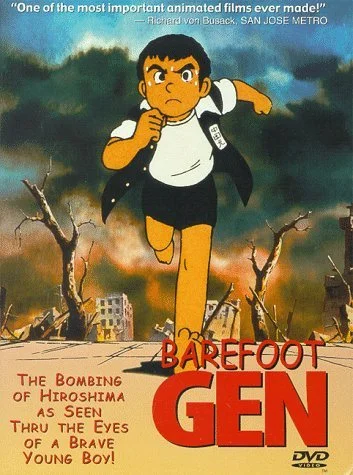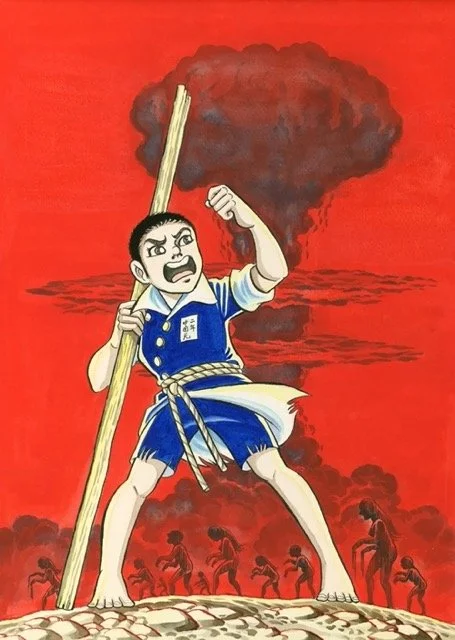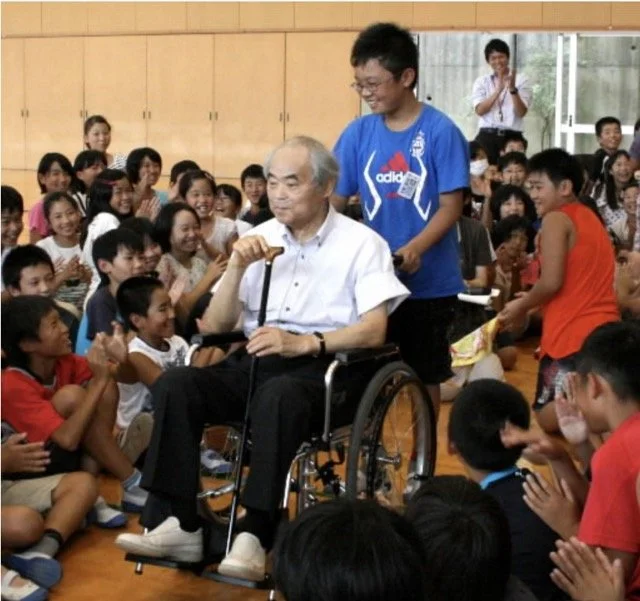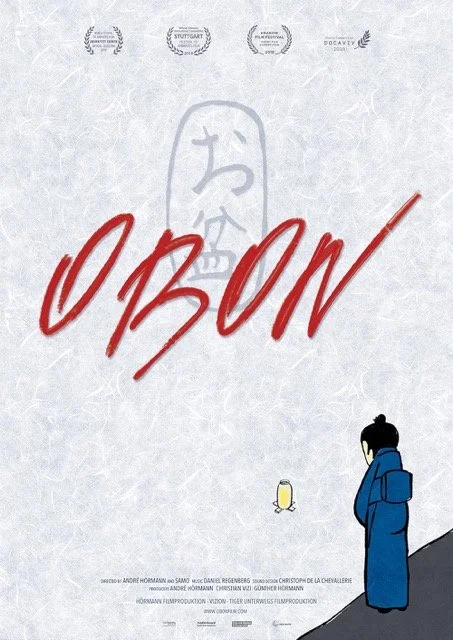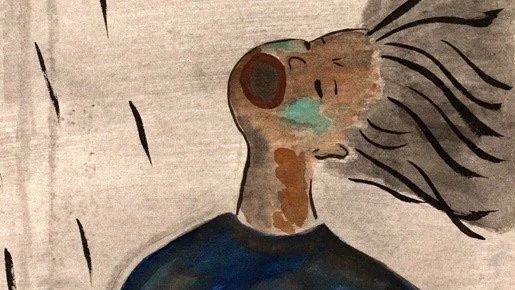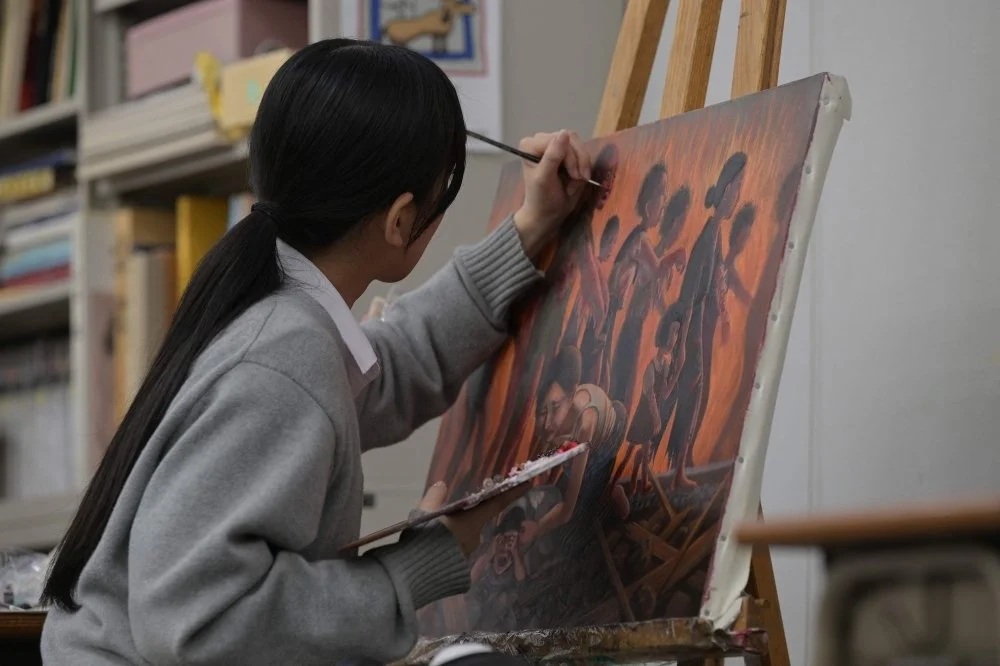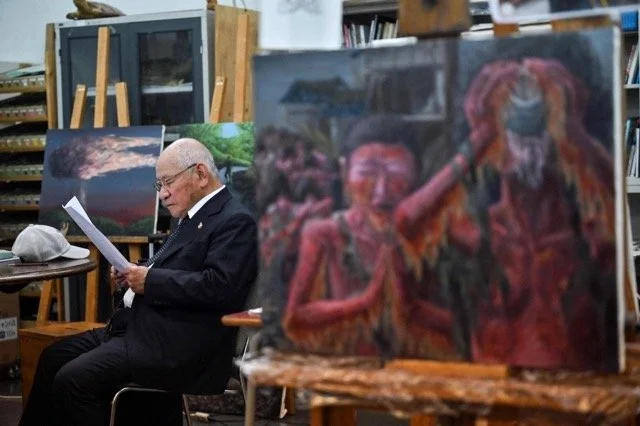Art Against Forgetting: 80 Years After Hiroshima
By Nancy Nuñez and Emiliano Rodriguez Nuesch
Eighty years is a long time. Long enough for memories to fade. Long enough for pain to turn into numbers. That’s why we need art. Because numbers don’t cry. But a painting can. A voice can. A child’s sketch of black rain can crack through our numbness. Art makes the unimaginable human again. It pulls forgotten stories back into the light—not as history, but as feeling.
Eighty years after the atomic bombing of Hiroshima, art continues to play a vital role in helping us remember, educate, and resist forgetting. Through personal storytelling and visual expression, artistic works do more than depict the past—they break through psychological numbing, a phenomenon in which large-scale suffering becomes abstract and emotionally distant. By anchoring memory in individual stories and lived experiences, art makes tragedy feel human and urgent again.
These creative testimonies serve as powerful educational tools. They humanize the numbers, awaken empathy, and invite moral reflection.
Can these artistic expressions help us engage more deeply with suffering in our own time—and motivate us to act with compassion where statistics alone often fail?
Below are four works that refuse to let Hiroshima be forgotten:
Barefoot Gen. A powerful manga and animated film series that tells the story of a young boy who survives the Hiroshima bombing. Through raw, emotional imagery, Barefoot Gen offers a child’s-eye view of unimaginable destruction, grief, and resilience. It continues to resonate across generations and cultures, offering one of the most widely recognized artistic representations of nuclear horror.
Obon (Short Animated Documentary). In this short film, Akiko Takakura—one of the last remaining survivors—shares a deeply personal memory of the bombing. Despite the horror, she recalls a fleeting moment of human connection, capturing the complexity of memory and trauma.
Ground Zero 1945: Pictures by Atomic Bomb Survivors. This striking collection features artwork created by survivors, visualizing their firsthand experiences in the aftermath of the bomb. One painting describes “a woman driven by unbearable thirst trying to catch black raindrops in her mouth”—a haunting image that brings statistics to life and conveys pain beyond words.
Motomachi High School Survivor Art Project. For nearly two decades, students at Motomachi High School in Hiroshima have interviewed atomic bomb survivors and translated their testimonies into paintings. This intergenerational art initiative transforms memory into action, giving voice to those who endured and creating a bridge of empathy and understanding for new generations.
As we mark the 80th anniversary of Hiroshima, these works call on us not just to remember the past—but to feel it. To sit with the discomfort. To resist forgetting. And to carry these emotional truths with us as we face the human tragedies of our own time.

